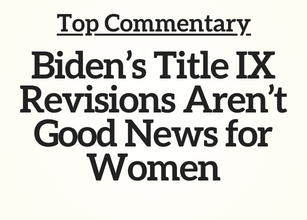by Mary Stroka
The population continues to decrease in rural Minnesota. Additionally, rural Minnesota continues to experience the highest increase in wages along with the highest job vacancy rates, according to a report released Monday by the Center for Rural Policy and Development.
Marnie Werner, CRPD vice president, research, and Kelly Asche, CRPD research associate, wrote the nonprofit policy research organization’s “The State of Rural” 2021 update.
Asche told The Center Square the report shows there are a lot of nuances in economic and demographic trends in rural Minnesota, countering the common narrative that rural areas are in perpetual decline.
“For example, even though there is a gap in wages between rural and metro areas, with metro areas having higher wages, the highest increase in wages has occurred in rural Minnesota over the last few decades,” she said.
Compared with statewide earnings, mean earnings continue to be lower in more rural areas (entirely rural county group 68%, town/rural group 76%, urban/town/rural mixed group 79%), but the lower cost of living in the rural areas makes those wages at least as effective as they are in urban areas, the report said.
The job vacancy rate is the highest in rural areas, Asche said.
“And they are great jobs across all occupations (highly skilled even),” she wrote. “Coupled with the lower cost of living in our rural areas, the opportunities in our rural areas are immense.”
Northern counties of Minnesota, particularly Hubbard County (18.2%), and the most rural areas of the state have the most self-employed and business owners without employees in their workforce. Western counties, including Marshall County (32%), have the highest employment in agriculture. In entirely rural counties, government jobs account for 18% of employment. Government employment is 10% of jobs in the entirely urban county groups, which have the highest employment among the regions in professional and business services.
Job vacancy rates and average quarterly number of job vacancies each year compared with total job vacancies are highest outside of the Twin Cities seven-county metro area, the report said. In Northwest Minnesota, the average quarterly number of vacancies in 2020 was 5.3% of the total filled jobs. Retirements in the workforce will further increase job vacancies in 2021 and beyond, the report said.
“In 2005, the median wage for job vacancies in Greater Minnesota ranged from $2.30 to $3.40 lower than in the seven-county Twin Cities area,” the report said. “By 2020, the gap had shrunk to $0.95 to $2.50 lower.”
Minnesota state legislators addressing economic development should turn their attention to people recruitment, rather than job recruitment, she said. That means promoting housing and child care initiatives and investing in quality of life through projects including parks and schools, Asche said.
– – –
Mary Stroka is a contributor to The Center Square.
Photo “Downtown Marshall, Minnesota” by Tony Webster. CC BY-SA 2.0.








